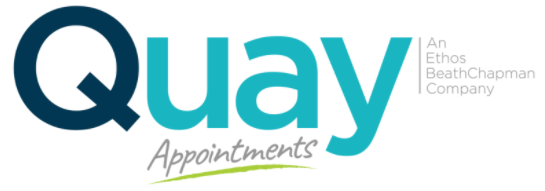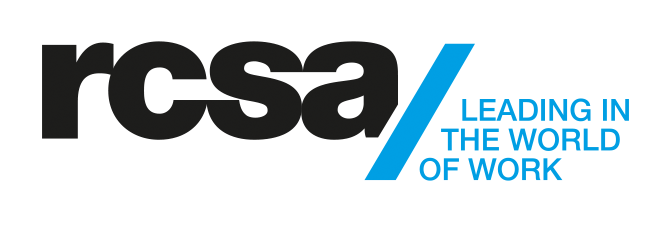Nail your Q&A session
Mike Tyson, former heavyweight boxing champion, made a famous retort before one of his boxing matches. You may have heard of it. This is what transpired. Before the match a group of journalists was quizzing Tyson and one journalist mentioned that Tyson’s opponent had a plan to defeat him. Tyson retorted: “Everyone’s got a plan, until they get punched in the mouth”.
What’s the point of sharing this story. Simply this. When you have a Q&A session, it can be like opening up yourself for ‘punch in the mouth’ type questions. That’s why it’s good to be prepared.
Here are two key principles for handling Q&A and other pressured interactions:
1. SODA* (Stop – Observe – Decide – Act). Let me explain SODA. Whenever you feel pressured, the SODA sequence technique is a good one to use.
Often you’ll be tempted to immediately Act in response to pressure. Don’t do that.
Rather, Stop. This means you Stop speaking. Observe the environment around you (ie. The people and how they are responding/acting in the moment. Decide on a response option from the option choices available. (Response options will be covered in the next principle). Act on what you have decided.
By using the SODA technique, you’ll be perceived as someone who is a fast thinker. Paradoxically by stopping your speaking and slowing down your body movement, you’ll be quicker in finding and accessing your thoughts.
Here’s how it could work in a Q&A scenario:
- Someone asks you a question.
- You Stop for a moment.
- You Observe that there is another person in the room who seems eager to respond.
- You weigh up responding first or letting the other person respond first, and Decide on the second option.
- You Act and say for example,“Before I respond I see the gentlemen in the front seems to have a view. Please respond sir and then I’ll comment.”
The above steps may only take a few seconds. But those seconds are vital. By going through the sequence you’ll also project presence and poise.
2. Know and Use TOYF (Think On Your Feet) options. Michael Valvo, a chess champion has said the downfall in chess is the same as the downfall in life. That is, people concentrate on one or two moves, when there are at least seven or eight moves available. So too, when you’re in a Q&A session, you have numerous options.
Knowing what those options are and wielding them wisely in pressured situations will serve you well. Here are options you can use:

1.Use the ‘Engagement Nod’
This means whenever someone asks you a question, makes a remark to you, gestures to you for a response – that you nod your head to indicate that you are engaged in the present moment and that you are paying attention and processing what they have said.
When you’re under pressure there can be a tendency to ‘freeze’ your head (as if stunned). This ‘head freezing’ can make you look disengaged, nervous and fearful.
2. Choose and Use Response options
a) Say, “Tough question”– if indeed it is a tough question. You don’t get marked down for labeling the question for what it is.
b) Say, “Give me a moment to think about that.”Then you need to trust yourself, ‘park’ the audience, go inside your head and choose a response (even though it may not be the best response). You have about four seconds for this process.
c) Say, “On first thought let me respond this way”or “Top of mind I’d say this”. Then you would trust whatever thought first comes into your mind, and speak it.
d) Say,“I don’t have fixed view on that.” This option is under-used. One of the markers of top leaders (eg. Barack Obama, Bill Clinton) is that they are willing to admit that they don’t know something. Counter-intuitively this is a behaviour of a confident person.
e) Self-disclose your internal monologue. Say for example, “A number of thoughts spring to mind in response to that question – let me elaborate on one of them.”Self-disclosure and transparency of your thought process is a marker of confidence.
f) Say, “Let me stop there.”When you are unsure where your train of thought is leading you or you feel that you have talked too much, this is a good option to use.
g) Say “It’s not appropriate for me to answer that question.”Sometimes people will ask you a question which is not appropriate to answer because of the audience, situation etc.
h) Offer the floor to someone else before you respond, if you notice that the person is keen to respond.
i) For leading or aggressive questions say, “I don’t accept the premise of the question.”
j) For aggressive comments, for example,“All this stuff you’re saying is rubbish”, respond firstly with, “Feedback is great”or “Thanks for the feedback”. Then you would counter the claim.
For example, my response to the “All this stuff is rubbish” comment could be, “Feedback is great – actually the people I work with get great value from the ideas and techniques I share . . . I’m always wanting feedback and willing to learn – what are you getting at?” Then the person who has made the aggressive comment has to back it up. I’d listen to their response and respond accordingly.
Your CALL to action/HOW to apply for this post: In the next seven days trail the SODA (Stop, Observe, Decide, Act) and TOYF (Think On Your Feet) options for your Q& and other pressured interactions.











